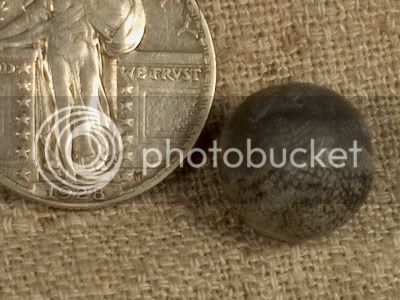Hey All, I'm going to try a few new things this weekend at the range, so I'd like to know the proper technique for cutting patches at the muzzle and also lubrication.
I've seen guys do it a couple different ways:
-Place a peanut-sized ball of lube (e.g., bore butter) on the back of the patching material, center over muzzle, then seat ball down flush with muzzle. Cut patching material
-Grease (again, bore butter) both sides of the patching material by hand, place over muzzle with ball centered, seat flush with muzzle, then cut patching flush.
Which is best? I use pre-lubed patches now, but I'm not getting the groups I want. I think I'm not lining up the patch the same way everytime I load, and accuracy is suffering because of this. Also, how much bore butter or similar lube to use on the patch? There's not a lot of lube in the pre-lubed patches, perhaps a pea-sized amount would be OK?
When applying the lube to the back of the patching, does it do a good job of coating the bore this way? Is there a technique to ensuring that the lube is coating the walls of the barrel (I'm not looking down in there!)
I've seen guys do it a couple different ways:
-Place a peanut-sized ball of lube (e.g., bore butter) on the back of the patching material, center over muzzle, then seat ball down flush with muzzle. Cut patching material
-Grease (again, bore butter) both sides of the patching material by hand, place over muzzle with ball centered, seat flush with muzzle, then cut patching flush.
Which is best? I use pre-lubed patches now, but I'm not getting the groups I want. I think I'm not lining up the patch the same way everytime I load, and accuracy is suffering because of this. Also, how much bore butter or similar lube to use on the patch? There's not a lot of lube in the pre-lubed patches, perhaps a pea-sized amount would be OK?
When applying the lube to the back of the patching, does it do a good job of coating the bore this way? Is there a technique to ensuring that the lube is coating the walls of the barrel (I'm not looking down in there!)







